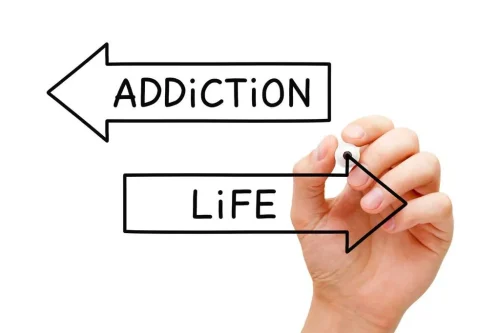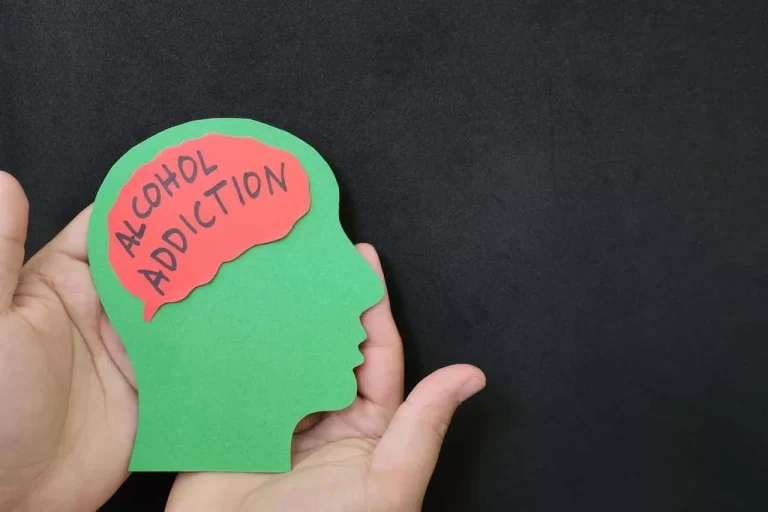
Understanding the AVE is crucial for individuals in recovery and those focused on healthier lifestyle choices. Instead of surrendering to the negative spiral, individuals can benefit from reframing the lapse as a learning opportunity and teachable moment. Recognizing the factors that contributed to the lapse, such as stressors or triggers, helps individuals to develop strategies and techniques to navigate similar challenges in the future. The AVE was introduced into the substance abuse literature within the context of the “relapse process” (Marlatt & Gordon, 1985, p. 37). https://ecosoberhouse.com/ Relapse has been variously defined, depending on theoretical orientation, treatment goals, cultural context, and target substance (Miller, 1996; White, 2007). It is, however, most commonly used to refer to a resumption of substance-use behavior after a period of abstinence from substances (Miller, 1996).
Learn From Relapse
For Jim and Taylor, this might involve acknowledging the months of sobriety and healthier lifestyle choices and understanding that a single incident does not erase that progress. Ark Behavioral Health offers 100% confidential substance abuse assessment and treatment placement tailored to your individual needs. This can include abstinence from substance abuse, overeating, gambling, smoking, or other behaviors a person has been working to avoid. The abstinence violation effect (AVE) describes abstinence violation effect the tendency of people recovering from addiction to spiral out of control when they experience even a minor relapse. Instead of continuing with recovery, AVE refers to relapsing heavily after a single violation.
For Immediate Treatment Help Call 800-526-5053
- One night, she craves pizza and wings, orders out, and goes over her calories for the day.
- Identify triggers that may have contributed to the relapse and develop strategies to address them proactively in the future.
- Rather than labeling oneself as a failure, weak, or a loser, recognizing the effort and progress made before the lapse can provide a more balanced perspective.
- It can impact someone who is trying to be abstinent from alcohol and drug use in addition to someone trying to make positive changes to their diet, exercise, and other aspects of their lives.
- For example, I am a failure (labeling) and will never be successful with abstaining from drinking, eating healthier, or exercising (jumping to conclusions).
- One of the key features of the AVE is its potential to trigger a downward spiral of further relapse and continued substance use.
- One day, when he was faced with a stressful situation, he felt overwhelmed, gave in to the urge, and had a drink.
Set realistic expectations for your recovery journey, understanding that progress may not always be linear. Rather than only focusing on the end goal, celebrate small victories and all positive steps you’ve taken thus far. If you or a loved one is experiencing addiction in Massachusetts, our professional clinicians can help.
How The Abstinence Violation Effect Impacts Long-Term Recovery
AVE also involves cognitive dissonance, a distressing experience people go through when their internal thoughts, beliefs, actions, or identities are put in conflict with one another. It includes thoughts and feelings like shame, guilt, anger, failure, depression, and recklessness as well as a return to addictive behaviors and drug use. In other words, AVE describes the thoughts, feelings, and actions a person goes through after they make a mistake and have a drink or abuse a substance, despite trying to quit.

Normalize Relapse
The Abstinence Violation Effect is a psychological phenomenon that occurs when a person experiences relapse after attempting to abstain from drug or alcohol use. With the right help, preparation, and support, you and your loved ones can still continue to build a long-lasting Halfway house recovery from substance abuse. These patterns can be actively identified and corrected, helping participants avoid lapses before they occur and continue their recovery from substance use disorder.
Overall, the Abstinence Violation Effect is a complex phenomenon influenced by a combination of cognitive, emotional, and biological factors. Realistic—Although I had a setback, I did not lose the gains that I have made in the past months.

We want to give recovering addicts the tools to return to the outside world completely substance-free and successful. Clinicians in relapse prevention programs and the field of clinical psychology as a whole point out that relapse occurs only after a long-term pattern of specific feelings, thoughts, and behavior. Altogether, these thoughts and attributions are frequently driven by strong feelings of personal failure, defeat, and shame. These negative emotions are, unfortunately, often temporarily placated by a renewed pattern of substance abuse. Rather than labeling oneself as a failure, weak, or a loser, recognizing the effort and progress made before the lapse can provide a more balanced perspective.

Fortunately, professional treatment for addiction can improve outcomes for people experiencing the Abstinence Violation Effect. Maintain a balanced lifestyle by eating healthily, exercising regularly, getting enough sleep, and engaging in activities that bring you happiness and fulfillment. Some examples of proven coping skills include practicing mindfulness, engaging in exercise, or pursuing activities that bring you fulfillment. Counteracting the effects of the AVE is necessary to support long-term recovery from addiction.
At Bedrock, we use evidence-based approaches such as cognitive-behavioral therapy (CBT) to help our clients develop coping skills and enhance resilience in the face of setbacks. Gordon as part of their cognitive-behavioral model of relapse prevention, and it is used particularly in the context of substance use disorders. Our addiction treatment network offers comprehensive care for alcohol addiction, opioid addiction, and all other forms of drug addiction. Our treatment options include detox, inpatient treatment, outpatient treatment, medication-assisted treatment options, and more. By implementing certain strategies, people can develop resilience, self-compassion, and adaptive coping skills to counteract the effects of the AVE and maintain lifelong sobriety.






